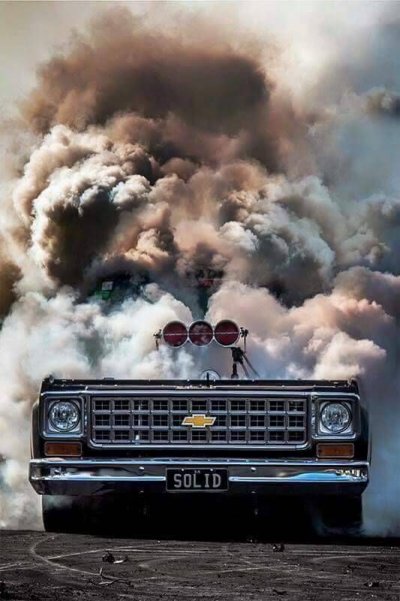Edelbrock
Full Access Member
- Joined
- Mar 28, 2025
- Posts
- 517
- Reaction score
- 451
- Location
- Earth
- First Name
- Grumba
- Truck Year
- 1977
- Truck Model
- K5 Blazer
- Engine Size
- 400
So lately there have been some posts about engine temps.
I wonder what the optimal temp would be for max power on a Chevy 350 or 400.
Fuel mileage and emissions are not a factor in this, just pure HP
Any ideas?
I wonder what the optimal temp would be for max power on a Chevy 350 or 400.
Fuel mileage and emissions are not a factor in this, just pure HP
Any ideas?



